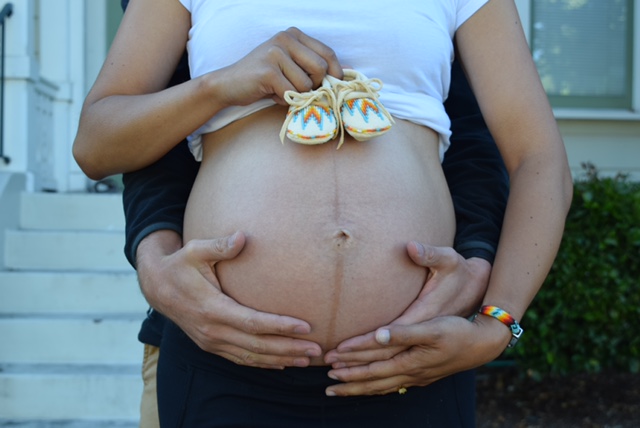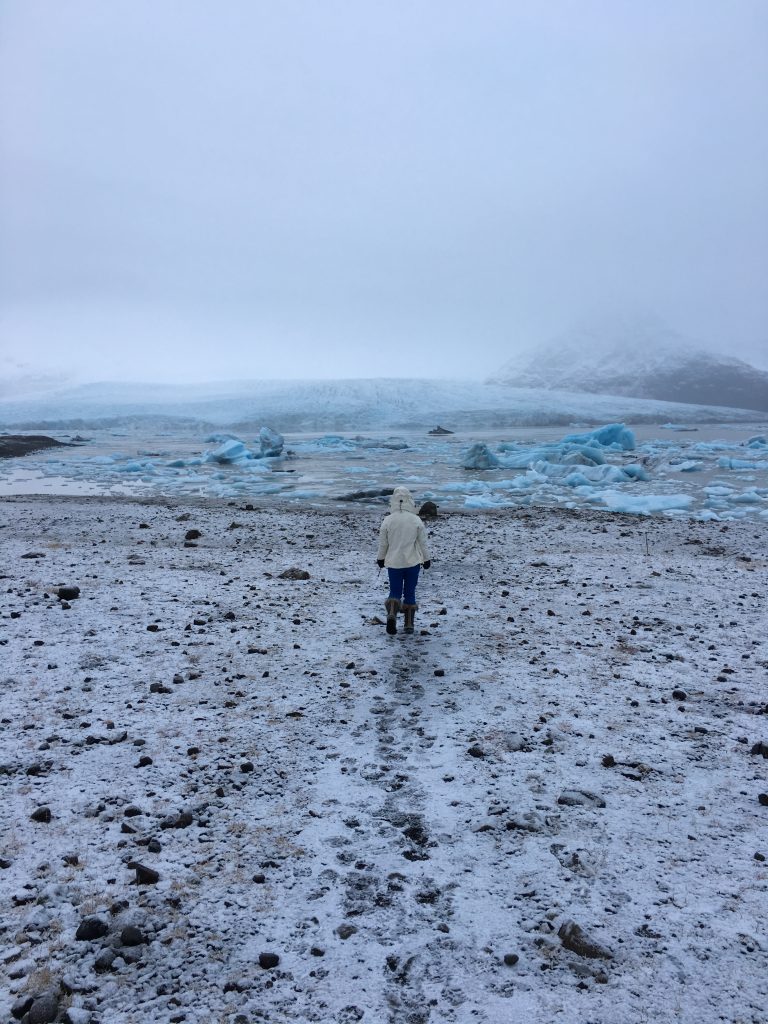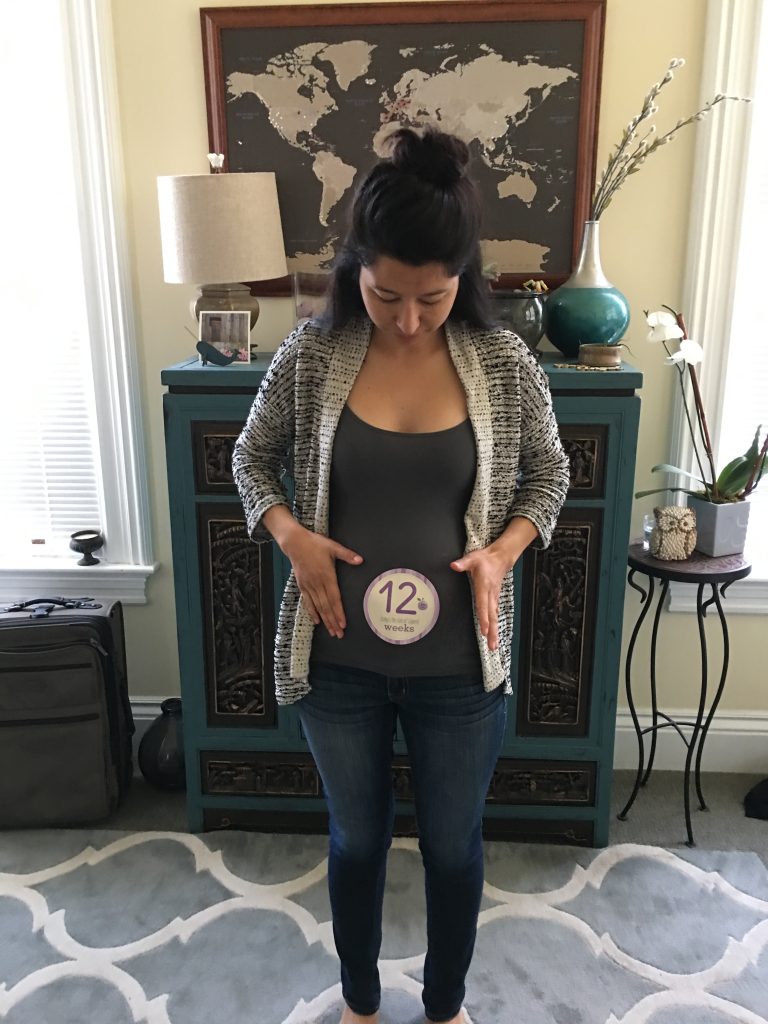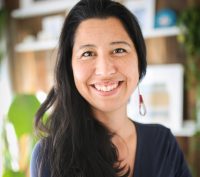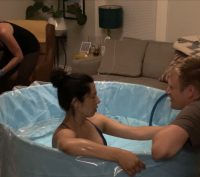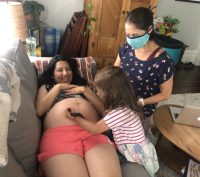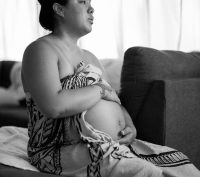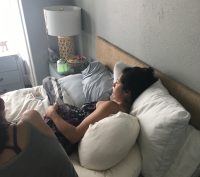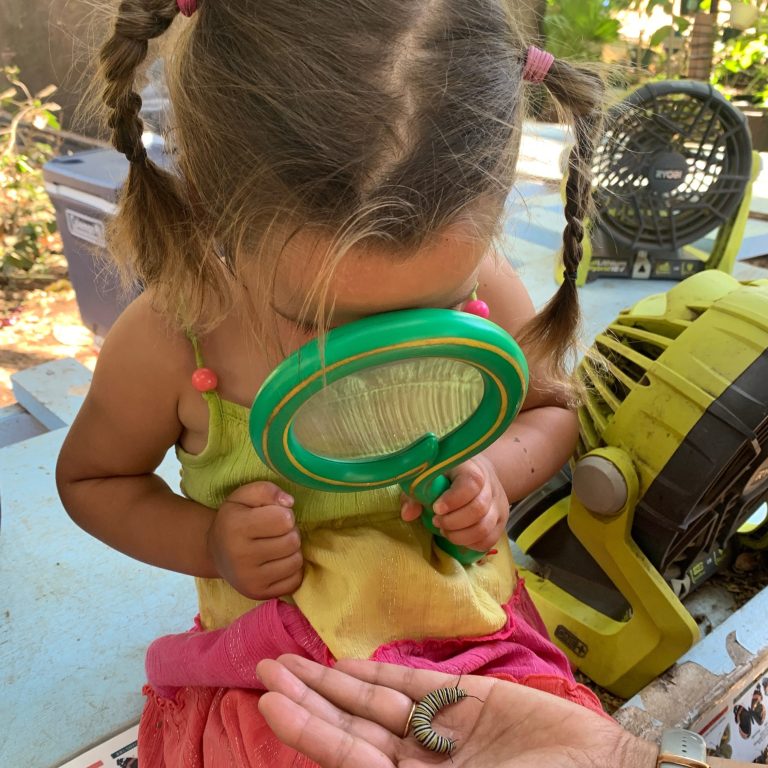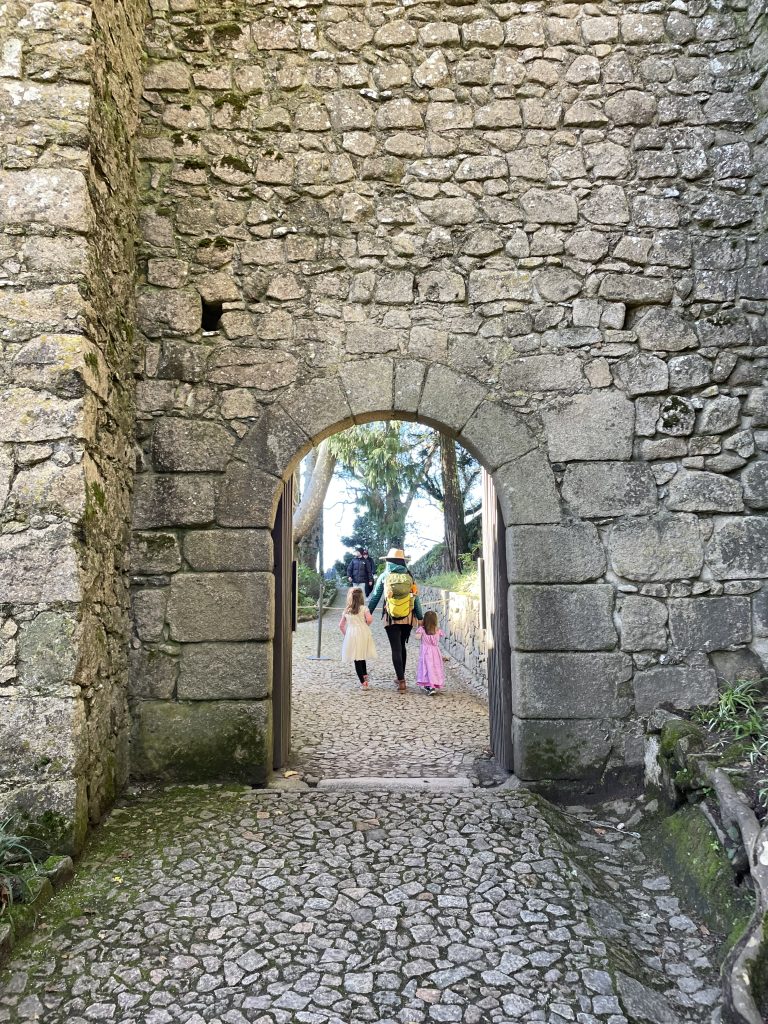When I tell people I had a home birth they usually respond with “Oh I could never do that!” then they look at me like I’m crazy.
Most people imagine that only white, hippy, organic-eating, vegan, hemp-wearing folks choose to give birth at home. Sure, many white families and celebrities have home births, but there are also people who give birth at home that look like me.
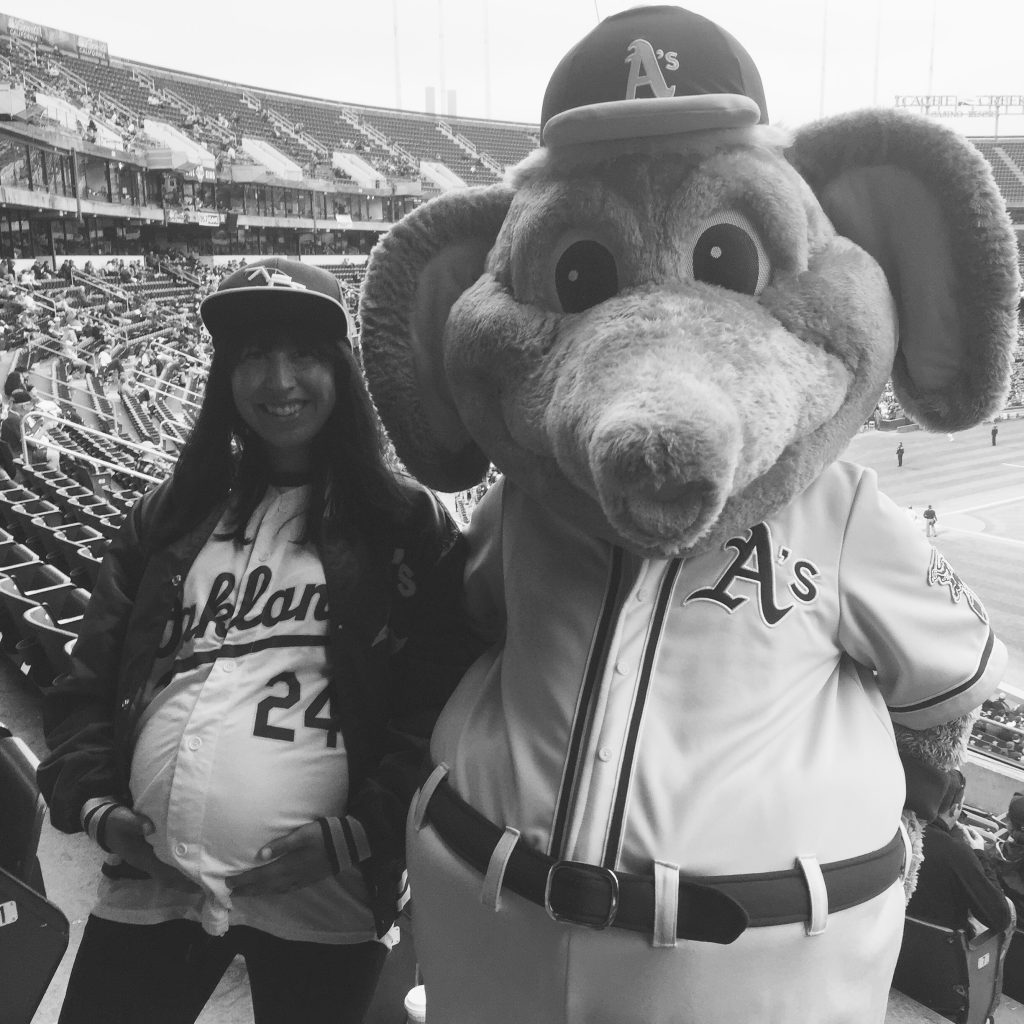
You might be surprised, but more people have a home birth than you might expect.
From 1990-2019 the percent of home births hovered around 1% of births, and was mostly concentrated among white women over the age of 35. Although there were slight increases in home birth rates during that period for Asian and Hispanic parents, there was no increase for Native American or non-Hispanic Black women.
Then, in 2020 and throughout the pandemic, the home birth percentage increased by 22% across the country, including among BIPOC families.
Given this data, I want us to change the narrative. When you picture someone who chooses to give birth at home, I want you to think of someone who looks like me, or one of the other BIPOC home birthers we are going to feature on our blog. I want you to know that home birth can be for you, too.
I encourage you to trust in your body and consider your birth options. Read the research on evidence-based birth studies and an FAQ on home births in the Bay Area. Most midwives offer a sliding scale, and can work with you if your finances or insurance do not provide the means to afford a home birth.
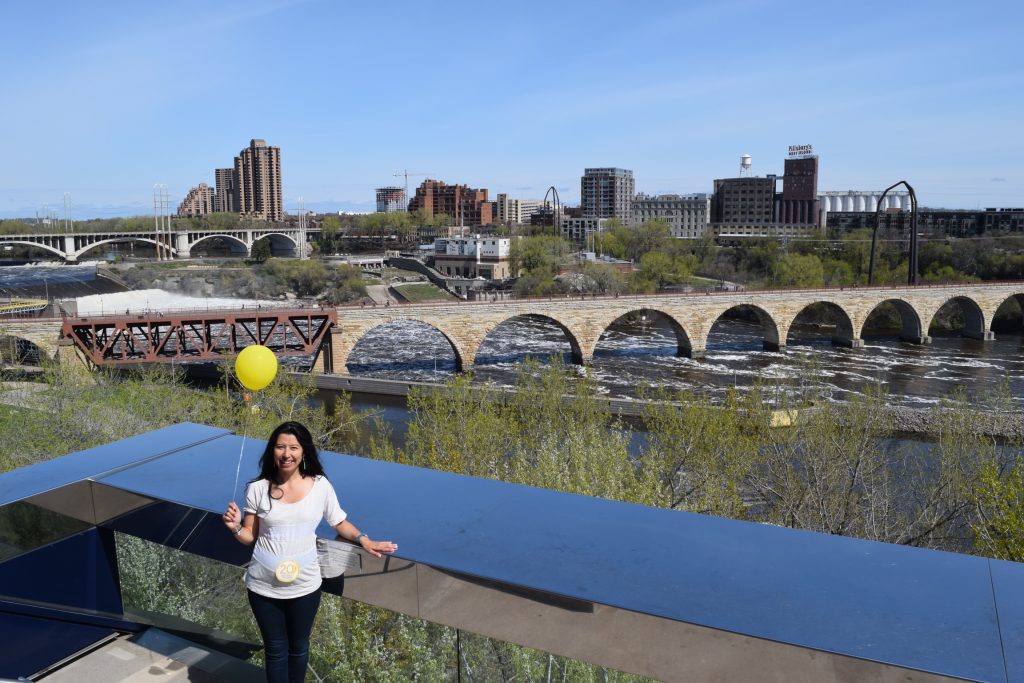
Here is why I personally decided to have a home birth for both of my babies:
1. I trained as a doula.
Doulas are birth coaches that help support birthing parents as they bring their babies into the world, and have shown to reduce racial disparities among laboring parents by reducing rates of cesarean section, labor interventions, and increasing breastfeeding rates. I wanted to find a way to give back to my community in an area I was passionate about—women’s health—so I took a doula class.
In this training, I learned about the benefits of childbirth education and empowering parents to know their options in childbirth and how it can benefit birth outcomes. I believe everyone should take this class, because we all know people who are going to have a baby or have had a baby.
2. I volunteered as a doula.
As a doula I watched people overcome intense situations. I saw them exhibit strength in childbirth.
I saw the value in embracing the challenge of labor, to feel that immense power that comes with bringing life into this world, overcome it, and then feel like you could do anything thereafter (like be sleep deprived for months and nurse a baby around the clock).
3. I learned about birth as a social justice issue.
Many BIPOC birthing parents don’t have access to the supports they need to have a healthy and safe childbirth experience, and maternal death rates are higher in those communities as well. Black and Indigenous communities have the worst maternal and infant mortality rates in the United States, and a history of neglect or mistreatment by the health care system.
Some Indigenous communities are nervous about trying care “outside of the norm” of Western medicine as well because of a distrust of the U.S. government, which has an ongoing history of separating Indigenous children from their families and of penalizing traditional healers. Also, since so many traditional healers have been penalized by the US government for so many years, many families who may want to try home birth do not have access to traditional healers or know where to go to find them.
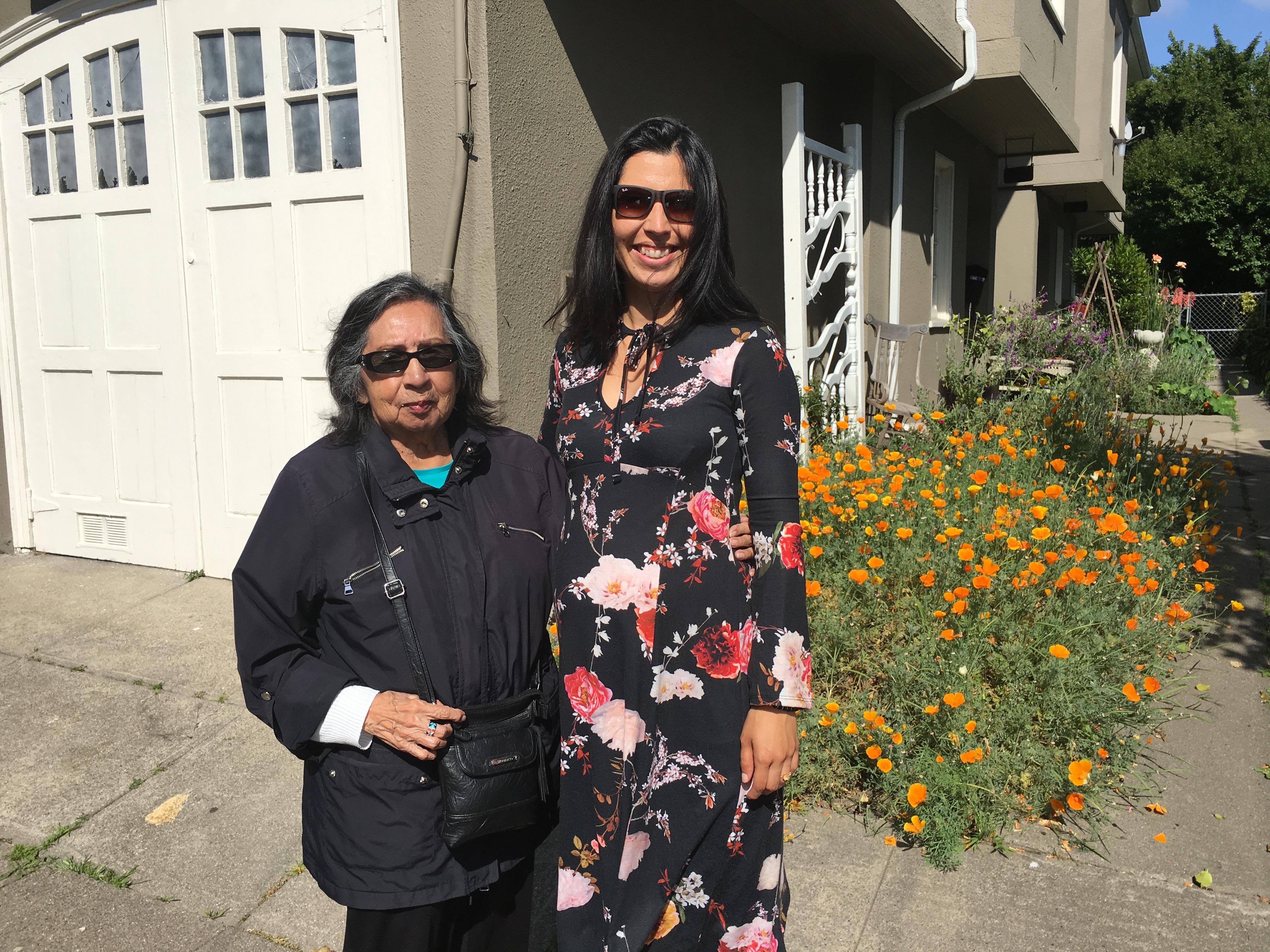
4. I learned about my family's childbirth history.
When I told my Native American grandma about the doula class, she immediately started to recount the story of her four birth stories. She told me that she couldn’t remember her first two births because it was during a time when women were given medication during labor so they would not feel any pain.
This “twilight sleep” was thought to liberate women from the pain of childbirth. What really happened, though, was that women were in agony, where chained, where left in beds for hours without anyone to clean them or help them, and awoke with a baby at their side without being able to recall a thing.
Then, a few years later, as this practice became less popular, my grandma had two more kids. She was alone, unsupported, but at least she was awake during these births.
What really amazed me was that she could remember every single detail and describe her childbirth experiences as if they were yesterday, even though she was well in her 80s when I asked.
Her story made me realize that childbirth is a powerful moment for the baby and the birthing parent – one they will never forget.
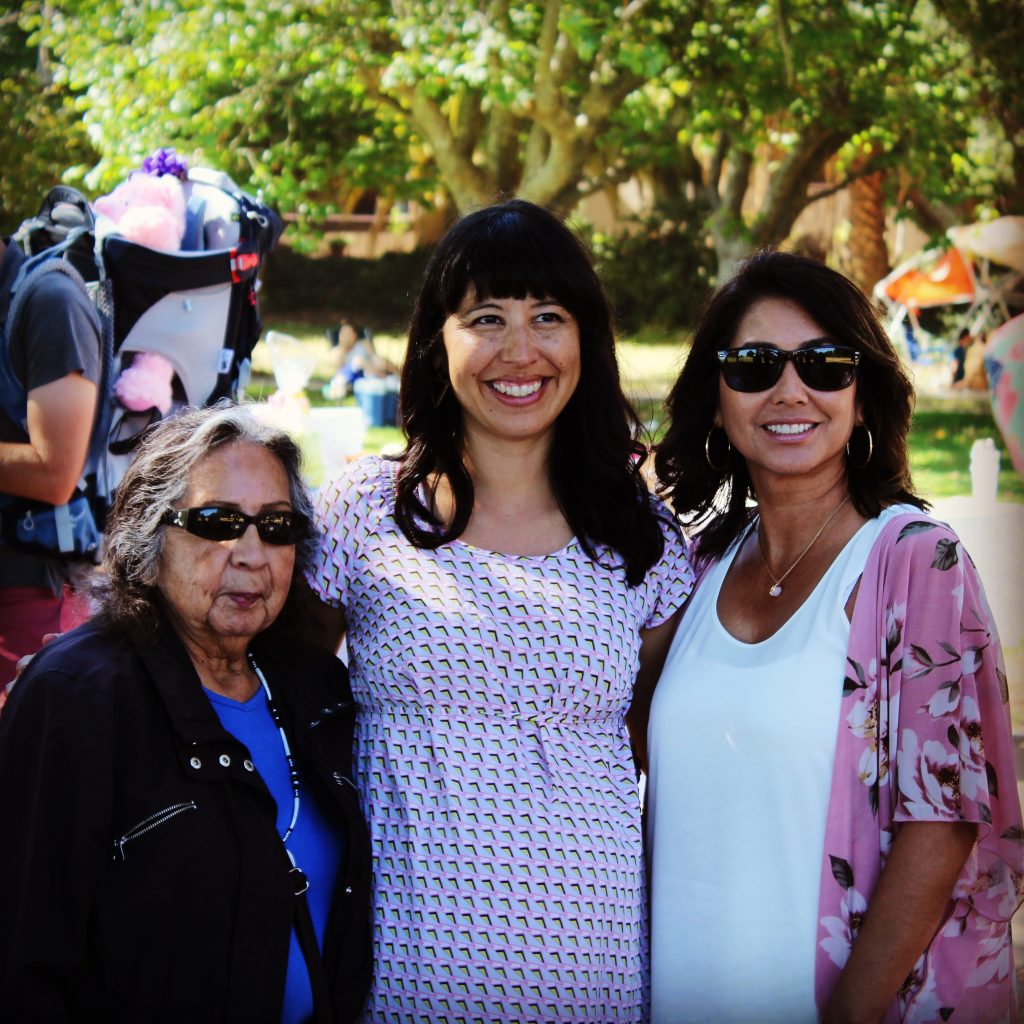
5. I wanted to reclaim that birth story for my grandma, my mother, and my ancestors.
My grandma didn’t have a choice on how she delivered her babies and was so drugged that she didn’t remember her first two deliveries.
She didn’t have a choice, but I did.
How healing it would be for my ancestors to bring the next generation of Indigenous babies into this world in a way that was traditional–the way my ancestors delivered babies–with the guidance of a skilled midwife and in the safety of my home.
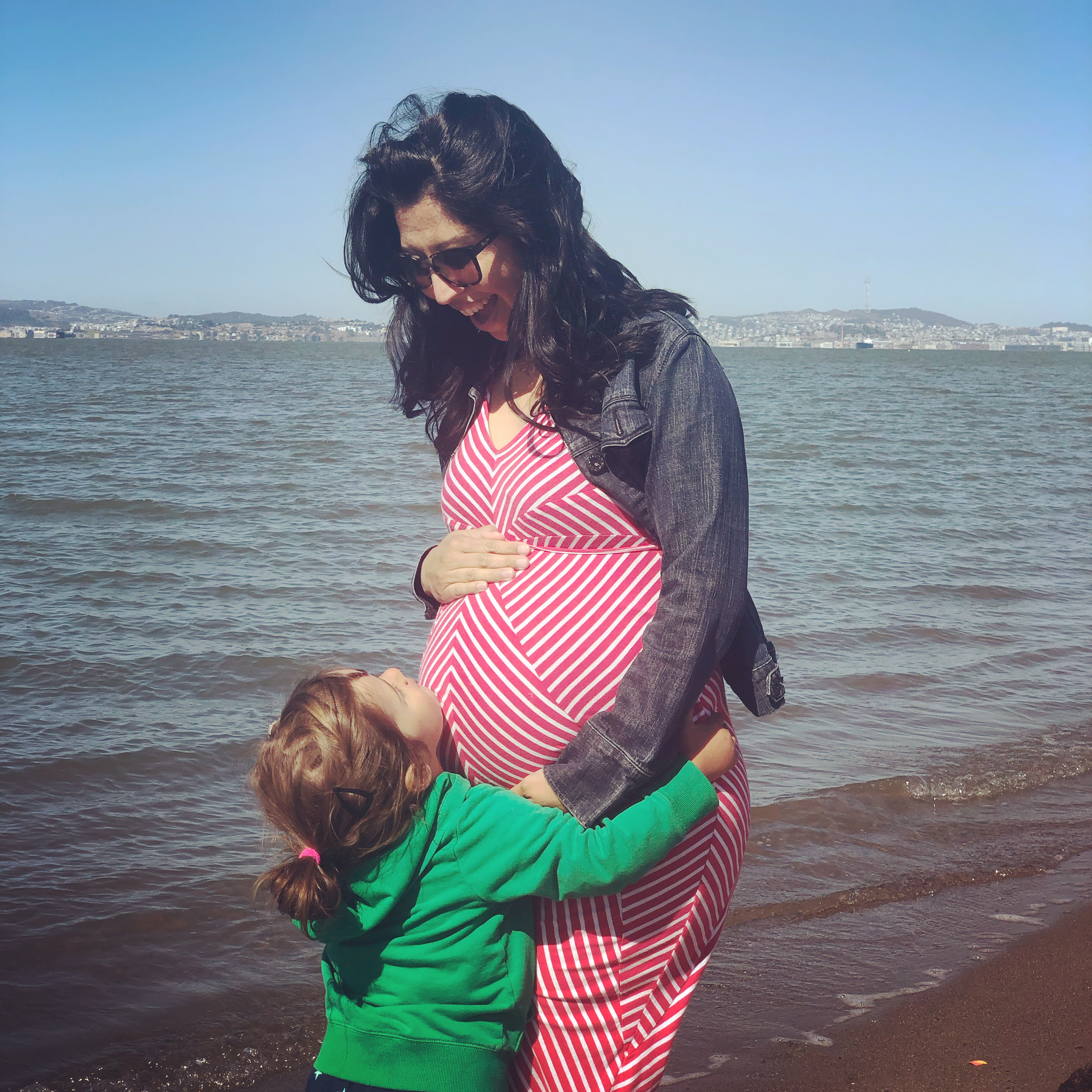
In the end, I had two safe, healthy, and beautiful homebirths.
My first child was born after a day-long labor and delivered in my bed, and my second was born after a short, three hour labor—and was delivered in a tub in my living room.
Both times I felt my ancestors there, guiding me, encouraging me to stay strong, to trust I made the right choice, to believe in the healing of the process.
So I did. And I never looked back.
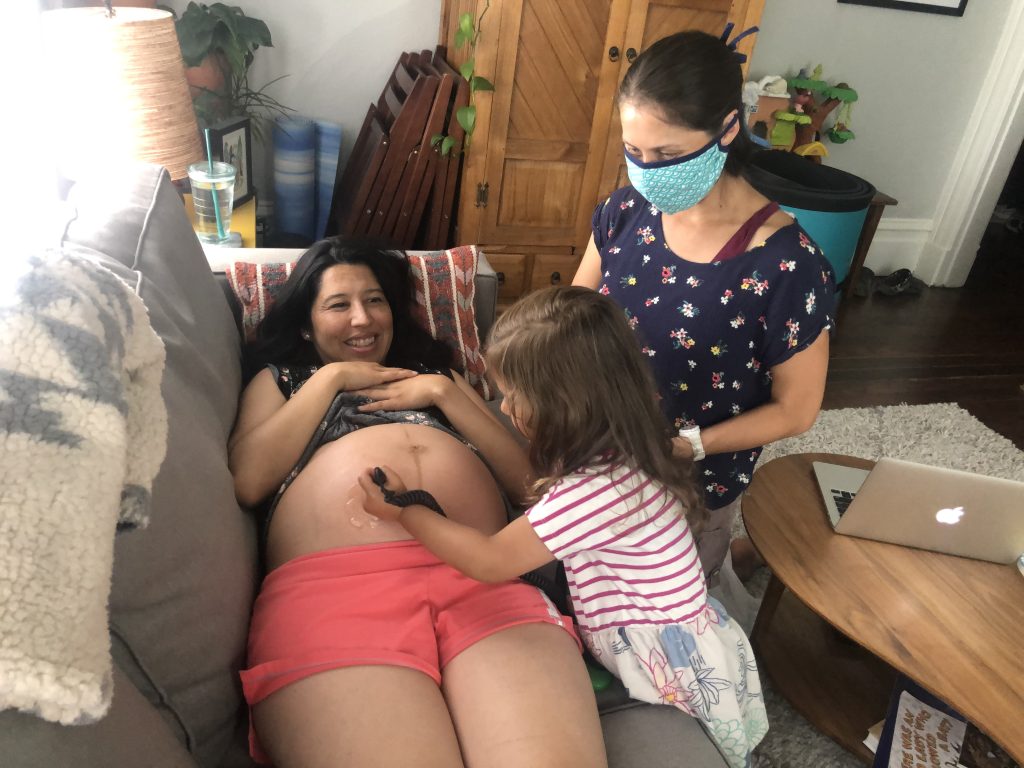
My dream is to open a birth center that supports Indigenous women in accessing home birth, midwifery care, and doulas, and to improve birth outcomes for my community.
One day, one day.
The “Road to Mamahood” series will continue over the course of a few posts to share my journey from infertility to pregnancy and then through two homebirths. Please continue the story here:
It took a Nordic Miracle to get pregnant – A Journey from Early Menopause to Pregnancy (Road to Mamahood Series, Part 1)
“Wait, I’m Pregnant?” How I found out I was pregnant after being told I could never have kids. (Road to Mamahood Series, Part 2)
Puerto Rican & Indigenous mama of two. Bay Area native. Salsa dancer. Backpacker. Doula. Angel (she/her/hers) is a co-founding member of the Beautiful Brown Adventures team. She has traveled to over 30 countries and loves to explore the world with her two daughters & partner - one ice cream shop at a time.
- Angelhttps://beautifulbrownadventures.com/author/angelcal/
- Angelhttps://beautifulbrownadventures.com/author/angelcal/
- Angelhttps://beautifulbrownadventures.com/author/angelcal/
- Angelhttps://beautifulbrownadventures.com/author/angelcal/

